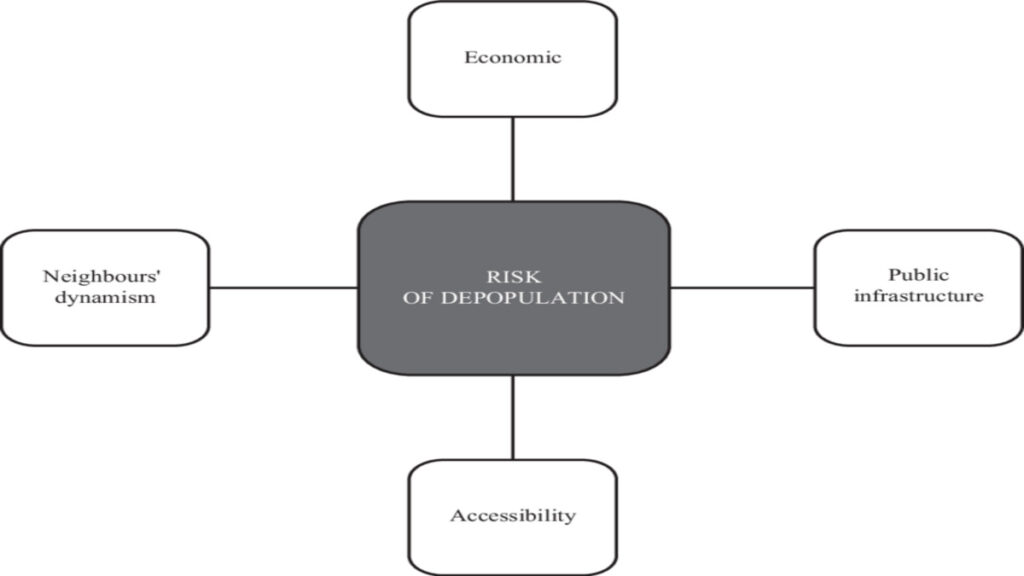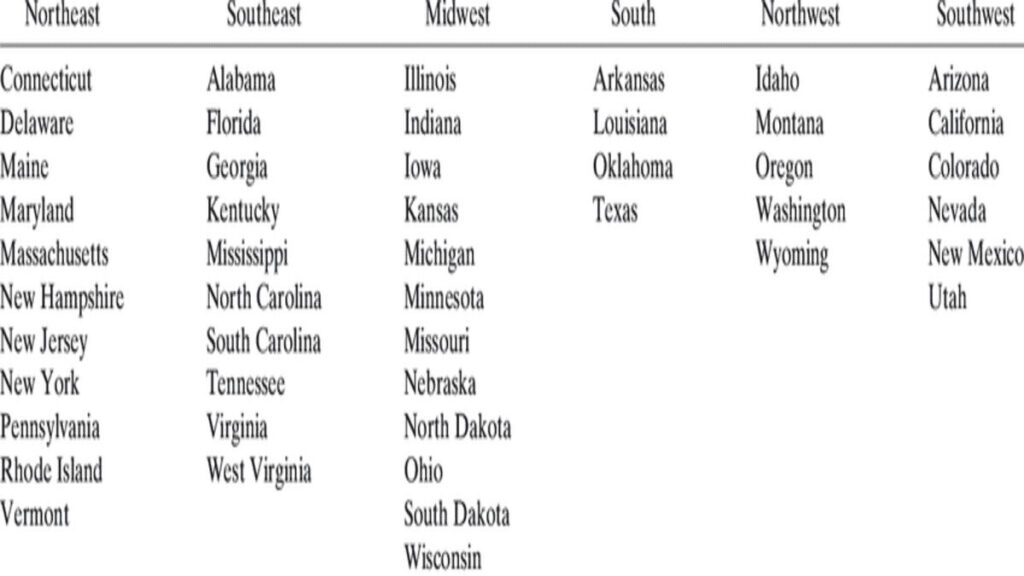
By the turn of the century in 2100, the urban landscape of the United States is poised to undergo a profound metamorphosis, as thousands of cities face the prospect of dwindling populations akin to ghost towns.
A groundbreaking study published in Nature Cities paints a sobering picture of urban depopulation, projecting a stark decline in the inhabitants of approximately 15,000 cities, with only Hawaii and Washington, D.C. escaping unscathed.
This seismic shift in demographics is poised to reshape the fabric of urban life across the nation, signaling a paradigmatic shift in the trajectory of urban development.
Factors Driving Urban Depopulation
Scientific American highlights a myriad of factors contributing to the phenomenon of urban depopulation, ranging from economic downturns and declining birth rates to the far-reaching impacts of climate change.

Sybil Derrible, an urban engineer at the University of Illinois Chicago, highlights the significance of this trend, emphasizing the need for a paradigm shift in urban planning strategies to accommodate the shifting demographic landscape.
Derrible contends that a failure to address these underlying drivers of depopulation could exacerbate existing inequalities and exacerbate social and economic disparities.
ALSO READ: Study Reveals More than Six Million Americans Do Not Have Homeowners’ Insurance
The Vulnerability of Small Cities
Contrary to popular belief, urban depopulation extends far beyond the confines of major metropolitan centers, encompassing smaller cities scattered across the nation.

The research, spearheaded by lead author Uttara Sutradhar, reveals the pervasive nature of depopulation trends, underscoring the urgent need for comprehensive strategies to address this multifaceted challenge.
Sutradhar emphasizes the importance of tailored interventions that take into account the unique socio-economic contexts of smaller cities. He advocates for community-driven approaches that empower residents to shape their communities’ future trajectories.
Regional Disparities: Northeast and Midwest in the Crosshairs
According to the study’s projections, the regions most profoundly impacted by urban depopulation are poised to be the Northeast and Midwest.

States such as Vermont and West Virginia are anticipated to bear the brunt of population declines, with more than 80% of their cities facing diminishing populations. The looming specter of depopulation underscores the imperative for tailored interventions to mitigate its adverse effects.
Additionally, policymakers must prioritize investments in infrastructure, healthcare, and education to support communities grappling with population decline and prevent further erosion of vital services and amenities.
POLL—Should the Government Increase Taxes on the Wealthy To Reduce Economic Inequality?
Divergent Trends: Population Growth in the South and West
In stark contrast to the depopulation trends gripping the Northeast and Midwest, cities in the South and West are poised to experience sustained population growth.

This divergent trajectory underscores the nuanced dynamics of demographic shifts across the nation, necessitating localized strategies to accommodate evolving population patterns.
Urban planners and policymakers in these regions must proactively plan for population growth, ensuring that infrastructure development keeps pace with rising demand for housing, transportation, and essential services.
Moreover, efforts to promote economic diversification and job creation can harness the potential of population growth to foster inclusive and sustainable urban development.
ALSO READ: “They Will Come for Your Homes!” Elon Musk Warns as NYC Vacates Schools for Migrants
Embracing a Vision for Resilient Urban Futures
As the specter of urban depopulation looms large on the horizon, policymakers and urban planners are confronted with a pivotal moment in history.

The findings from the study call for a paradigm shift in urban planning practices, emphasizing the need to move away from growth-centric models towards more adaptive and resilient approaches.
Viewing depopulation not merely as a challenge but as an opportunity for innovation, Terrible advocates for a forward-looking approach that embraces the potential for reimagining urban infrastructure and services.
By embracing this vision for a sustainable and inclusive urban future, stakeholders can chart a course toward vibrant and resilient cities that thrive amidst the shifting tides of demographic change.
You Might Also Like:
Michigan Men Confront Cousin’s Abusive Ex-Husband, Demands Whereabouts of Missing Girlfriend
Taraji P. Henson, Others Step Out to the American Black Film Festival Honors Red Carpet
Warner Bros. Co-Founder’s Granddaughter, Cass Warner, Dies at 76
US Military Fly Into Haiti to Beef Up Security at Embassy
Authorities Capture Suspect Wanted in the Killings of State Trooper and Paramedic
